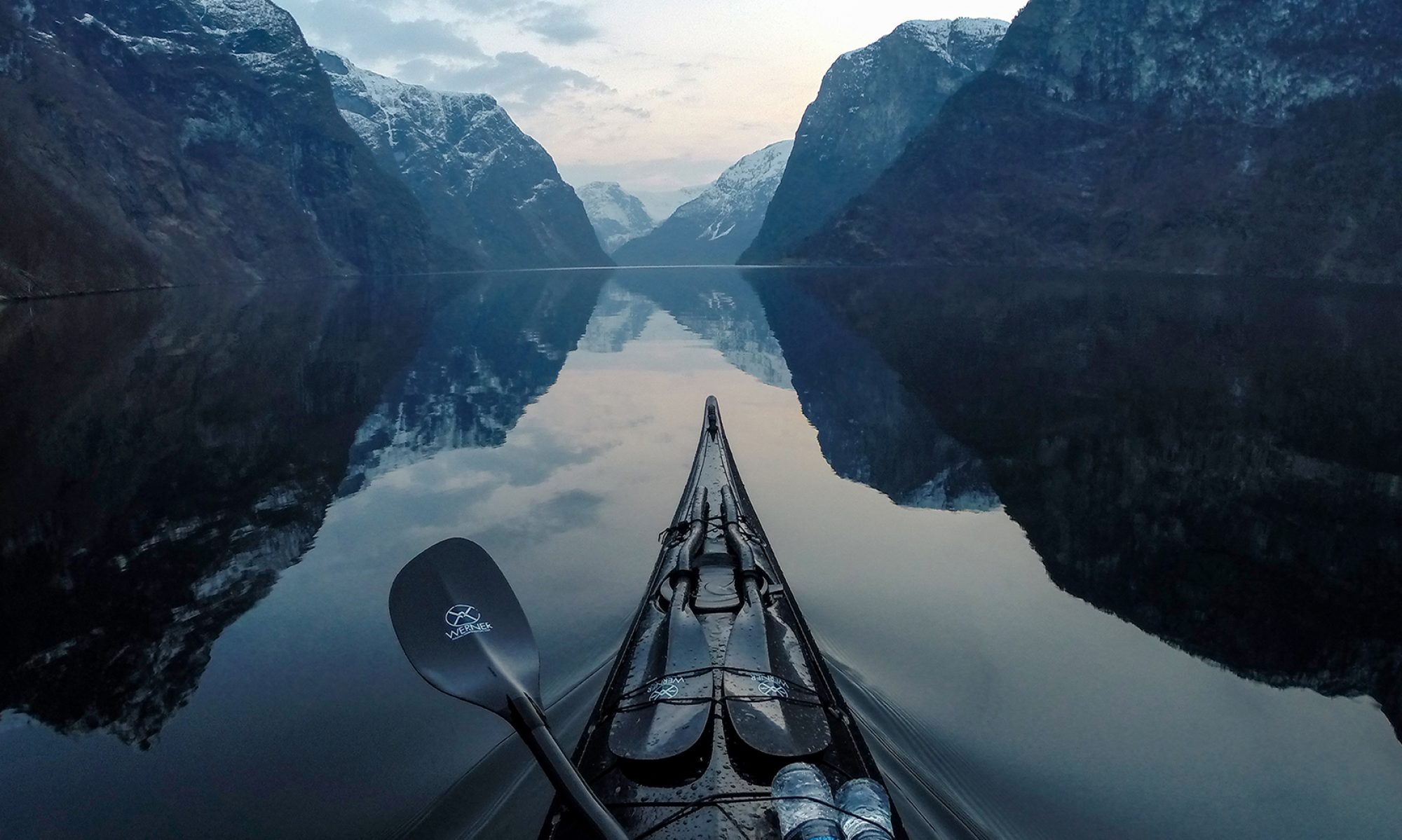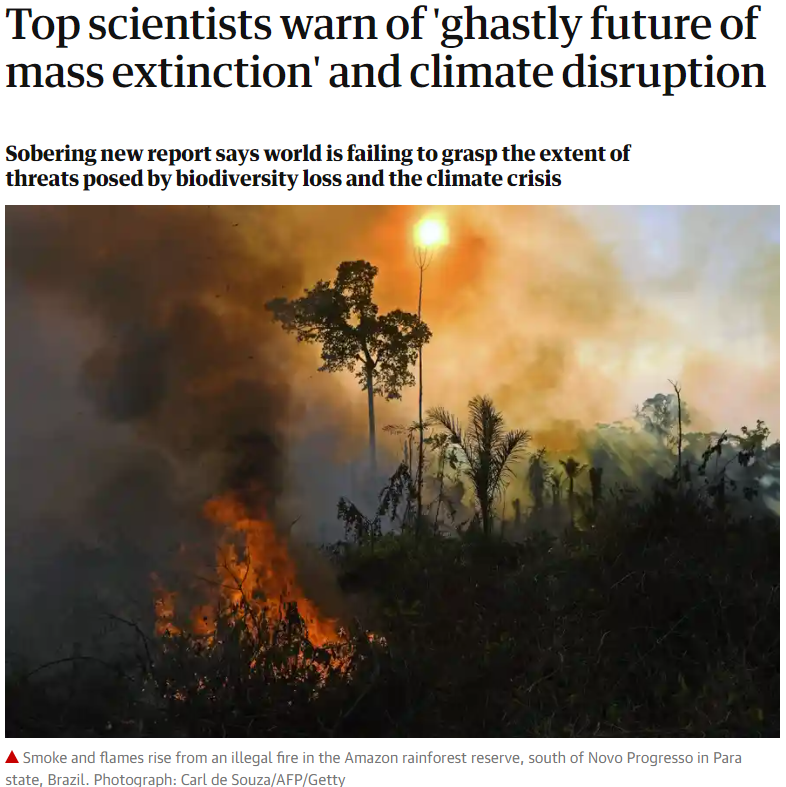Ending the Greenwashing
On this Earth Day I am posting a link to an online event that was recorded on April 17th as in my opinion it speaks to what this day is supposed to be all about. While some people may have differences with the event sponsoring organization, when it comes to the other than human natural world, I admire their truth telling, as disturbing as it is, and that is why I am sharing it here.
Fairytales of Growth
These Self-Decapitating Sea Slugs Can Grow an Entire New Body on The Old Head
Nature is miraculous. The more we learn about our kin, what seems almost supernatural to us, causes wonder and amazement, and gives us pause. In that pause we must consider how little we know about life…really. The tragedy is that we are extincting species that could teach us the greatest lessons of life. If only we could adapt, cease harm, listen, and then emulate. #life #biomimicry #biology #regeneration
COINTELPRO Exposed Golden Anniversary
Today marks the 50th anniversary of when some brave activists broke into FBI offices and shared documents they obtained that described the FBI surveillance program known as COINTELPRO.
Completing the Collapse
 We’re living in a perfect storm today when it comes to misinformation, disinformation, and downright ignorance, all of which is accelerating societal collapse. Put the internet together with the effects of neoliberalism upon our educational system, and you have today’s civilization, which is rushing to the precipice.
We’re living in a perfect storm today when it comes to misinformation, disinformation, and downright ignorance, all of which is accelerating societal collapse. Put the internet together with the effects of neoliberalism upon our educational system, and you have today’s civilization, which is rushing to the precipice.
I recently read an article in the New Yorker about nuclear power, energy supply and use. About how nuclear power is being embraced by so-called environmentalists as a non-polluting energy source. One problem I recognized immediately was the article completely omitted any mention of conservation or efficiency, both of which can offset energy supply. Worse yet, the author made only cursory mention of the nuclear waste storage problem, i.e. failing to talk about the persistence of human-caused radiation and its impacts upon the biological world, much less the ethics around dumping toxic contamination on a future world whose inhabitants have no say. The author, armed with information she no doubt gathered on the internet, decided she knew enough to pen an article on nuclear power. This is frighteningly naive. Actually its worse than that, its downright reckless and irresponsible.
The internet is both a wonderful and horrible resource. I can type in a search term and bring up a breathtaking amount of information. In our fast food, instant gratification society, people are under the impression that by using the internet, you can learn all you need to know in order to make informed decisions. This is a dangerous fallacy. People don’t know what they don’t know. This is especially true when it comes to technology, the pace of which requires ever deepening expertise to grasp and keep up with.
Now more than ever people must question sources of information. Does the author or speaker know what they’re talking about? What are their credentials? Do their arguments make sense? Are they on the payroll of industry or government?
Can ignorance be innocent? Yes. But that is no excuse to not challenge it.
Is Biomimicry a solution to world’s environment problems?
Nature has had 3.8 billion years of a head start in perfecting life on earth over us homo sapiens who have only been here for a mere 200,000 years. We must become students of nature and use our superior ability as a species to adapt to preserve, protect, study, learn from and then emulate nature’s genius.

Nature as a Financial Asset
Nature as a financial asset
This is how a recent report on biodiversity from the UK government refers to nature. This continues the disconnect between the human species and life support systems. Furthermore, any report or study that does not recognize our obsession with economic growth as a driver of ecological harm is blindsighted and perpetuates human supremacy. Economism is literally killing us, rendering us frozen in a state of inaction. This is an epistemological problem, one which needs to be addressed through a variety of actions around conscious awareness and (re)education.
California Deluge
 Stereoscope photo of J Street in Sacramento during the 1862 flood. Charles L. Weed/California State Library
Stereoscope photo of J Street in Sacramento during the 1862 flood. Charles L. Weed/California State Library
In addition to wildfires and earthquakes, California also experiences floods. Sometimes they can be massive and devastating floods. A meteorological phenomenon known as ‘atmospheric rivers’ can unleash huge amounts of moisture onto the California land surface. Occurring once every one to two hundred years, the USGS refers to these events as ARkStorms. The last such event took place in 1861-62. For further information, visit ARkStorm Scenario and The Biblical Flood That Will Drown California.
Why is the “…world is failing to grasp the extent of threats posed by biodiversity loss and the climate crisis?” This is no simple question and the answer is complicated. One part of the answer for me comes from a book I read years ago entitled Amusing Ourselves to Death by Neil Postman. If you haven’t yet read this book, you might want to consider it.
Excerpts from this newly published report: “Environmental deterioration is infinitely more threatening to civilisation than Trumpism or Covid-19…” and “Dealing with the enormity of the problem requires far-reaching changes to global capitalism, education and equality…”

